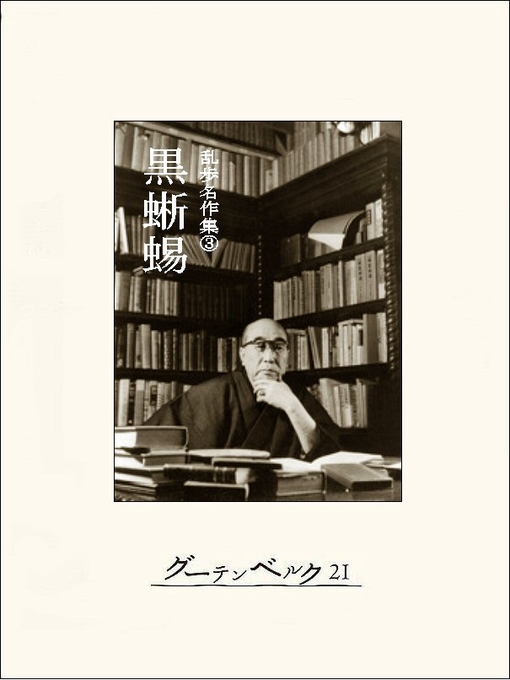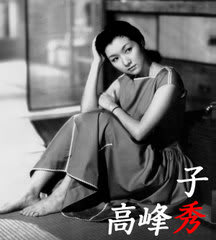

Throughout the Taishō and early Shōwa periods, readers were captivated by stories about the bizarre, ridiculous, irrational, or fashionably odd, and if there was an extra dimension of eroticism, then all the better.

People often describe the popular culture of Taishō and the first decade of Shōwa as exhibiting a fascination with ero, guro, nansensu (eroticism, grotesquerie, and nonsense).1 One sees reflections of this fascination in virtually every arena of popular culture, including literature. Was something happening in these silky shadows that stirred so coldly? Surely, wasn't something going on? The town had awoken to a day in the mist, and was welcoming the end of the day in the mist. It was an autumn evening in Tokyo with the town wrapped in a deep mist. Yet it was in the pages of Shin seinen (‘New Youth’), a magazine published from January 1920 until July 1950, that science fiction in Japan decisively arose from within the fold of detective fiction. Nor was it coincidental that the very same writers experimented with silent cinema and incorporated the burgeoning media technologies of the era into their fiction. In Japan, too, one may point to belles lettristic works by Ryūnosuke Akutagawa, Jun’ichirō Tanizaki and others prior to 1920 that inhabited the discursive space between mass culture and the avant garde or, more broadly, between the cultural productions and reactions occasioned by the increasing expansion and complexity of industrial modernity.

Although science fiction continued to overlap with other genres, it could thus also be conceptualised as an independent category. Its standing was further buttressed by the rise of mass-market publications such as Amazing Stories, first published in New York in April 1926. Wells, Auguste Villiers d’Isle Adam and Karel Čapek. In Europe and North America, science fiction was fairly well established by the 1920s, having appropriated tenets from modernism as well as other genres of popular fiction-fantasy, adventure, mystery, romance and so on-and from authors as varied as Edgar Allan Poe, Jules Verne, H.G.

The development of science fiction in early twentieth-century Japan traced a noticeably distinct trajectory from its western predecessors and counterparts.


 0 kommentar(er)
0 kommentar(er)
